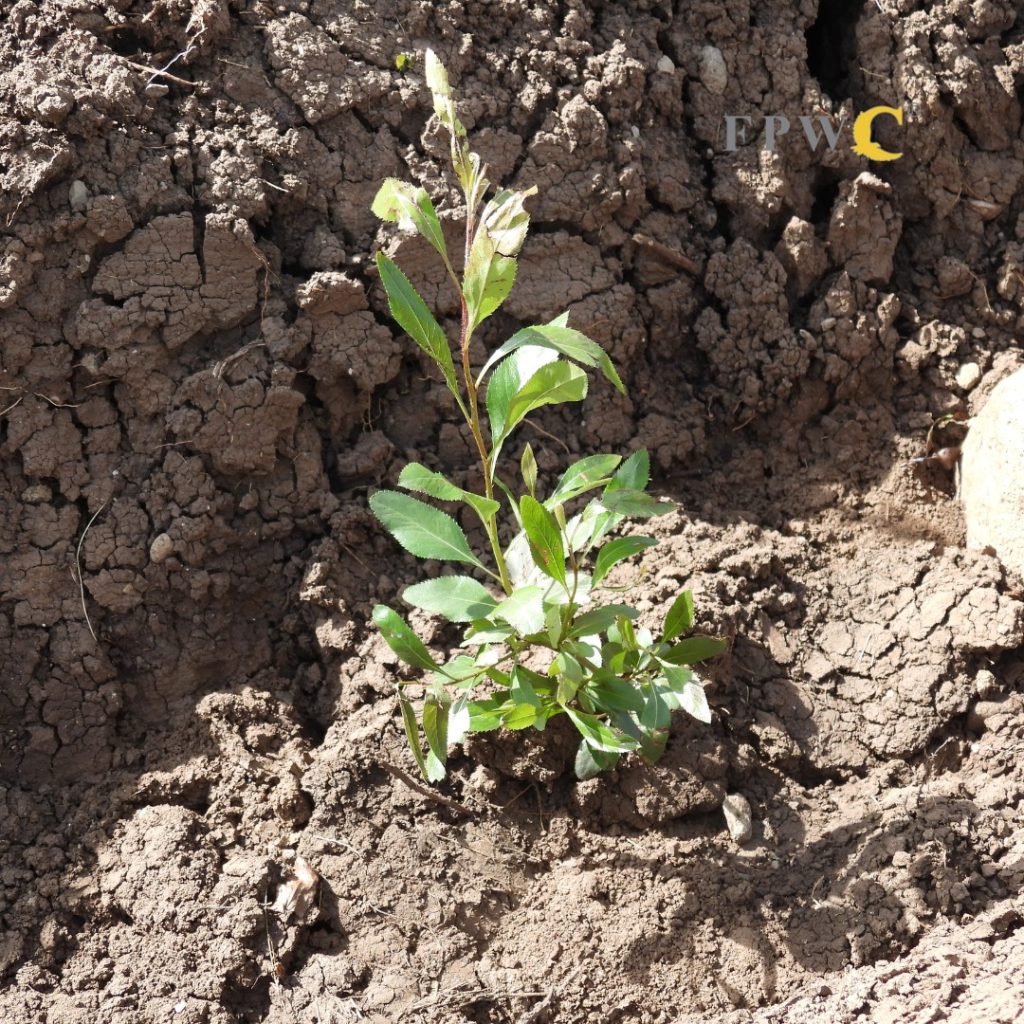
The Wilderness and Culture Fund (WCF) proudly celebrates the Foundation for the Preservation of Wildlife and Cultural Assets (FPWC)’s successful completion of its 2025 spring tree planting season—a significant step toward restoring Armenia’s forest landscapes and combating climate change.
Tens of thousands of native trees have been planted across ecologically critical areas in Vayots Dzor province over the course of this season, particularly around the communities of Vardahovit, Goghtanik, and Qaraglukh. These efforts are not only greening degraded land but also laying the foundation for healthier ecosystems, increased biodiversity, and long-term climate resilience.
What sets FPWC’s reforestation work apart is its deeply scientific and community-rooted approach. Each planting site is selected based on soil and climate assessments to ensure optimal survival and ecological integration. All seedlings are grown in FPWC’s nurseries using local species that support the health of the region’s ecosystems.
“This isn’t just about planting trees—it’s about restoring ecological integrity and empowering rural communities to become active stewards of their environment,” said Ruben Khachatryan, FPWC’s Founder and Director.
FPWC aims to plant over 200,000 trees by the end of 2025. This ambitious goal reflects the urgency of reversing deforestation trends and adapting to climate impacts in the South Caucasus.
As a longstanding international supporter, WCF is committed to helping FPWC scale its reforestation efforts. Restoring forest cover is one of the most effective tools for addressing biodiversity loss, soil erosion, and the increasing threat of wildfires.
“Our partnership with FPWC is rooted in shared values of ecological restoration and cultural resilience,” said Harutyun Ajarian, Executive Director of WCF. “We’re proud to support their mission to rewild Armenia’s landscapes and build a future where nature and people thrive together.”
